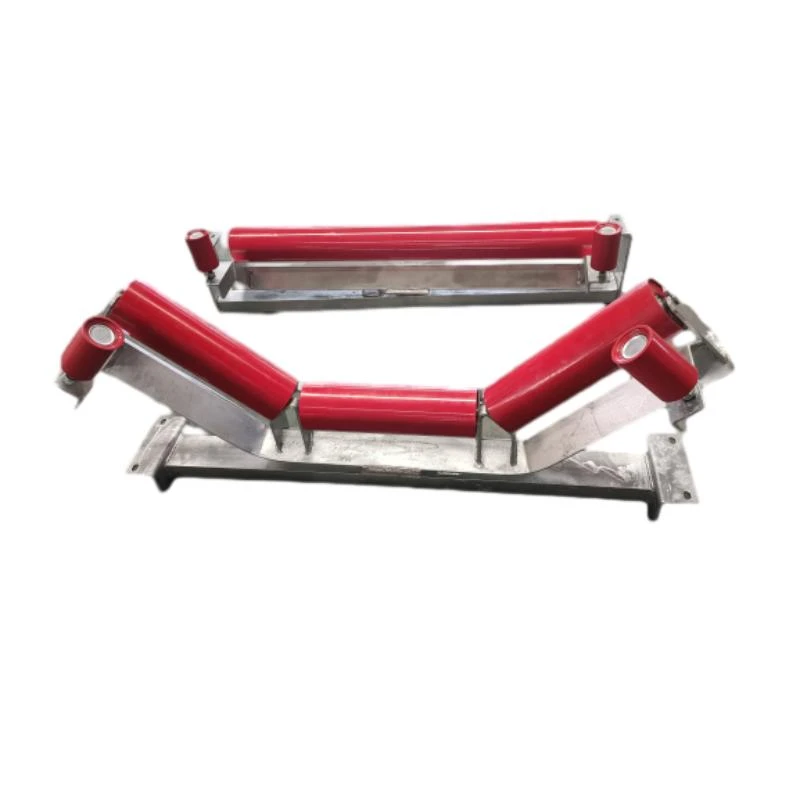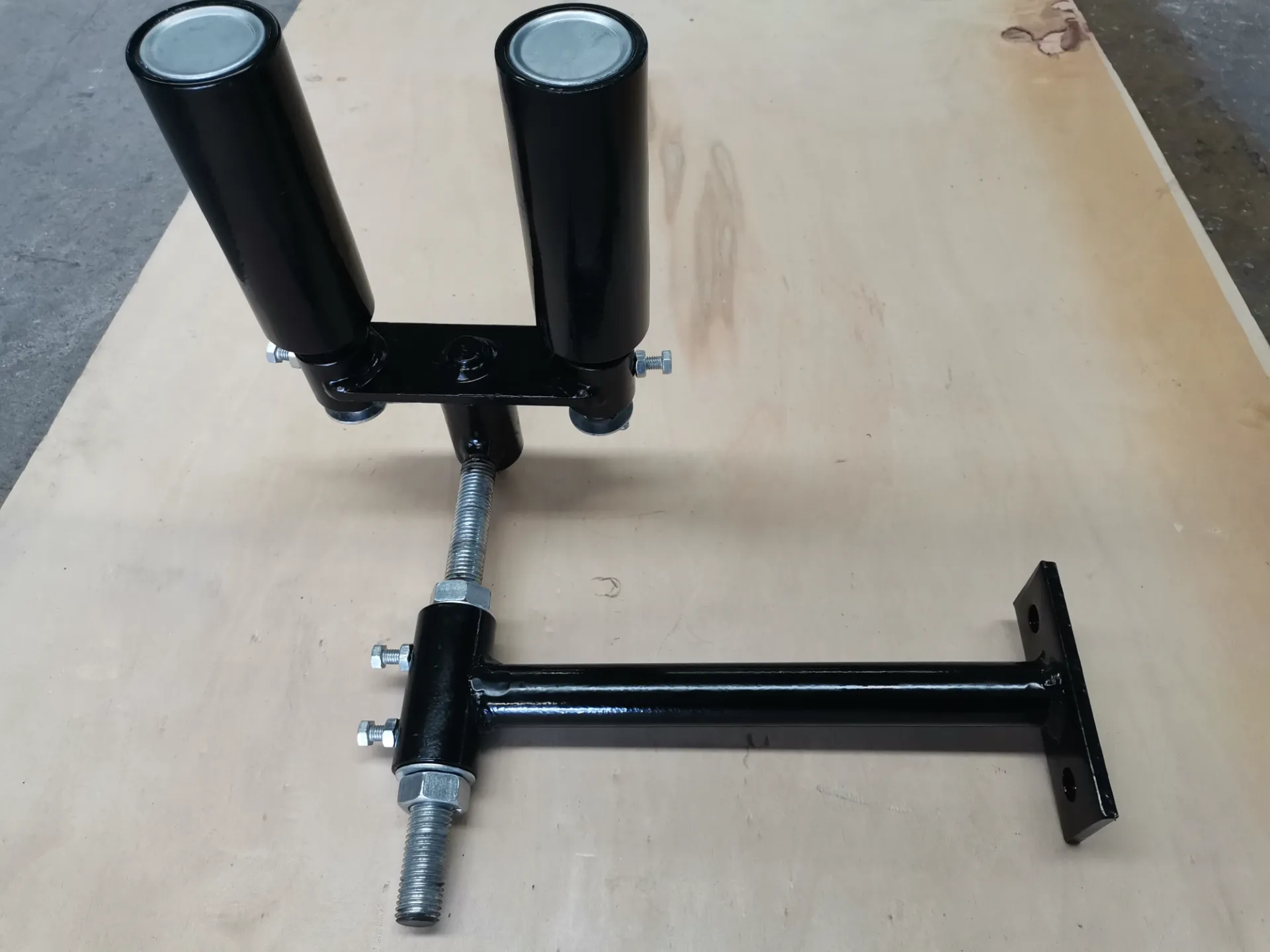 Afrikaans
Afrikaans  Albanian
Albanian  Amharic
Amharic  Arabic
Arabic  Armenian
Armenian  Azerbaijani
Azerbaijani  Basque
Basque  Belarusian
Belarusian  Bengali
Bengali  Bosnian
Bosnian  Bulgarian
Bulgarian  Catalan
Catalan  Cebuano
Cebuano  Corsican
Corsican  Croatian
Croatian  Czech
Czech  Danish
Danish  Dutch
Dutch  English
English  Esperanto
Esperanto  Estonian
Estonian  Finnish
Finnish  French
French  Frisian
Frisian  Galician
Galician  Georgian
Georgian  German
German  Greek
Greek  Gujarati
Gujarati  Haitian Creole
Haitian Creole  hausa
hausa  hawaiian
hawaiian  Hebrew
Hebrew  Hindi
Hindi  Miao
Miao  Hungarian
Hungarian  Icelandic
Icelandic  igbo
igbo  Indonesian
Indonesian  irish
irish  Italian
Italian  Japanese
Japanese  Javanese
Javanese  Kannada
Kannada  kazakh
kazakh  Khmer
Khmer  Rwandese
Rwandese  Korean
Korean  Kurdish
Kurdish  Kyrgyz
Kyrgyz  Lao
Lao  Latin
Latin  Latvian
Latvian  Lithuanian
Lithuanian  Luxembourgish
Luxembourgish  Macedonian
Macedonian  Malgashi
Malgashi  Malay
Malay  Malayalam
Malayalam  Maltese
Maltese  Maori
Maori  Marathi
Marathi  Mongolian
Mongolian  Myanmar
Myanmar  Nepali
Nepali  Norwegian
Norwegian  Norwegian
Norwegian  Occitan
Occitan  Pashto
Pashto  Persian
Persian  Polish
Polish  Portuguese
Portuguese  Punjabi
Punjabi  Romanian
Romanian  Russian
Russian  Samoan
Samoan  Scottish Gaelic
Scottish Gaelic  Serbian
Serbian  Sesotho
Sesotho  Shona
Shona  Sindhi
Sindhi  Sinhala
Sinhala  Slovak
Slovak  Slovenian
Slovenian  Somali
Somali  Spanish
Spanish  Sundanese
Sundanese  Swahili
Swahili  Swedish
Swedish  Tagalog
Tagalog  Tajik
Tajik  Tamil
Tamil  Tatar
Tatar  Telugu
Telugu  Thai
Thai  Turkish
Turkish  Turkmen
Turkmen  Ukrainian
Ukrainian  Urdu
Urdu  Uighur
Uighur  Uzbek
Uzbek  Vietnamese
Vietnamese  Welsh
Welsh  Bantu
Bantu  Yiddish
Yiddish  Yoruba
Yoruba  Zulu
Zulu ਜਨਃ . 20, 2025 16:35
Back to list
Troughing Roller
Conveyor systems have carved a niche in a multitude of industries, ensuring seamless transportation of materials and goods within facilities. A critical component of these systems is the conveyor roller. Knowing the different types of conveyor rollers enhances operational efficiency and longevity. Here, we dive into the nuances of these rollers with insights grounded in extensive industry expertise and real-world applications.
Designed for controlled flow and buffering within conveyor systems, accumulation rollers are essential in managing production line pacing. They allow for accumulation without exerting pressure on conveyed items, reducing the risk of product damage. This feature is particularly beneficial in fragile goods transport, such as electronics and consumer goods. Conveyors in such settings demand precision, wherein careful calibration of speed and pressure can significantly enhance throughput and product protection. 5. Tapered Rollers Optimized for use in curved conveyor sections, tapered rollers ensure uniform loading across curves, keeping products centrally aligned. Their design is critical for facilities with complex layouts requiring directional changes. The parcel and luggage handling industries heavily utilize tapered rollers for their efficiency in conserving space and maintaining product orientation through turns. Regular monitoring of alignment and wear plays a crucial role in sustaining their effectiveness in high-turnover environments. 6. Plastic and Stainless Steel Rollers Material choice in rollers has profound implications on efficiency and suitability for specialized environments. Plastic rollers offer corrosion resistance and are ideal for light-duty and hygienic applications, especially in food processing and pharmaceuticals. Conversely, stainless steel rollers boast exceptional durability and resistance to harsh conditions, favored in chemical processing and outdoor environments. Understanding the operational environment guides selection, making it critical to weigh factors such as load capacity, speed, and environmental conditions. 7. Live Roller Conveyors Live roller conveyors, powered by rollers, are adept at facilitating precise product movement and spacing. Their application is widespread in sorting and packaging sectors where accuracy and speed are paramount. They easily integrate with automated systems, driving higher efficiency and responsiveness. Ensuring proper lubrication and motor function is key to preventing breakdowns in high-velocity operations, maintaining a smooth flow that reduces bottlenecks and enhances supply chain agility. In choosing the appropriate type of conveyor roller, facility managers must consider the specific needs such as load, speed, environmental factors, and maintenance capabilities. Leveraging expert insights, these decisions drive operational excellence. The right selection and upkeep of conveyor rollers not only mitigate risks but also align industrial operations with the evolving demands of technology-driven markets. This nuanced understanding validates the authority and trustworthiness of deploying the right roller type tailored to unique industrial needs, ensuring durability, efficiency, and optimized performance.


Designed for controlled flow and buffering within conveyor systems, accumulation rollers are essential in managing production line pacing. They allow for accumulation without exerting pressure on conveyed items, reducing the risk of product damage. This feature is particularly beneficial in fragile goods transport, such as electronics and consumer goods. Conveyors in such settings demand precision, wherein careful calibration of speed and pressure can significantly enhance throughput and product protection. 5. Tapered Rollers Optimized for use in curved conveyor sections, tapered rollers ensure uniform loading across curves, keeping products centrally aligned. Their design is critical for facilities with complex layouts requiring directional changes. The parcel and luggage handling industries heavily utilize tapered rollers for their efficiency in conserving space and maintaining product orientation through turns. Regular monitoring of alignment and wear plays a crucial role in sustaining their effectiveness in high-turnover environments. 6. Plastic and Stainless Steel Rollers Material choice in rollers has profound implications on efficiency and suitability for specialized environments. Plastic rollers offer corrosion resistance and are ideal for light-duty and hygienic applications, especially in food processing and pharmaceuticals. Conversely, stainless steel rollers boast exceptional durability and resistance to harsh conditions, favored in chemical processing and outdoor environments. Understanding the operational environment guides selection, making it critical to weigh factors such as load capacity, speed, and environmental conditions. 7. Live Roller Conveyors Live roller conveyors, powered by rollers, are adept at facilitating precise product movement and spacing. Their application is widespread in sorting and packaging sectors where accuracy and speed are paramount. They easily integrate with automated systems, driving higher efficiency and responsiveness. Ensuring proper lubrication and motor function is key to preventing breakdowns in high-velocity operations, maintaining a smooth flow that reduces bottlenecks and enhances supply chain agility. In choosing the appropriate type of conveyor roller, facility managers must consider the specific needs such as load, speed, environmental factors, and maintenance capabilities. Leveraging expert insights, these decisions drive operational excellence. The right selection and upkeep of conveyor rollers not only mitigate risks but also align industrial operations with the evolving demands of technology-driven markets. This nuanced understanding validates the authority and trustworthiness of deploying the right roller type tailored to unique industrial needs, ensuring durability, efficiency, and optimized performance.
Latest news
-
Trusted Conveyor Solutions from Leading Conveyor Idler Roller ManufacturersNewsJun.27,2025
-
Reliable Return Idler Solutions for Efficient Belt Conveyor SystemsNewsJun.27,2025
-
Precision Conveyor Accessories for Streamlined Material HandlingNewsJun.27,2025
-
High-Quality Belt Conveyor Idler Solutions for Efficient Material HandlingNewsJun.27,2025
-
High-Performance Belt Conveyor Pulleys for Reliable Material HandlingNewsJun.27,2025
-
Enhancing Material Handling EfficiencyNewsJun.27,2025
OUR PRODUCTS





























